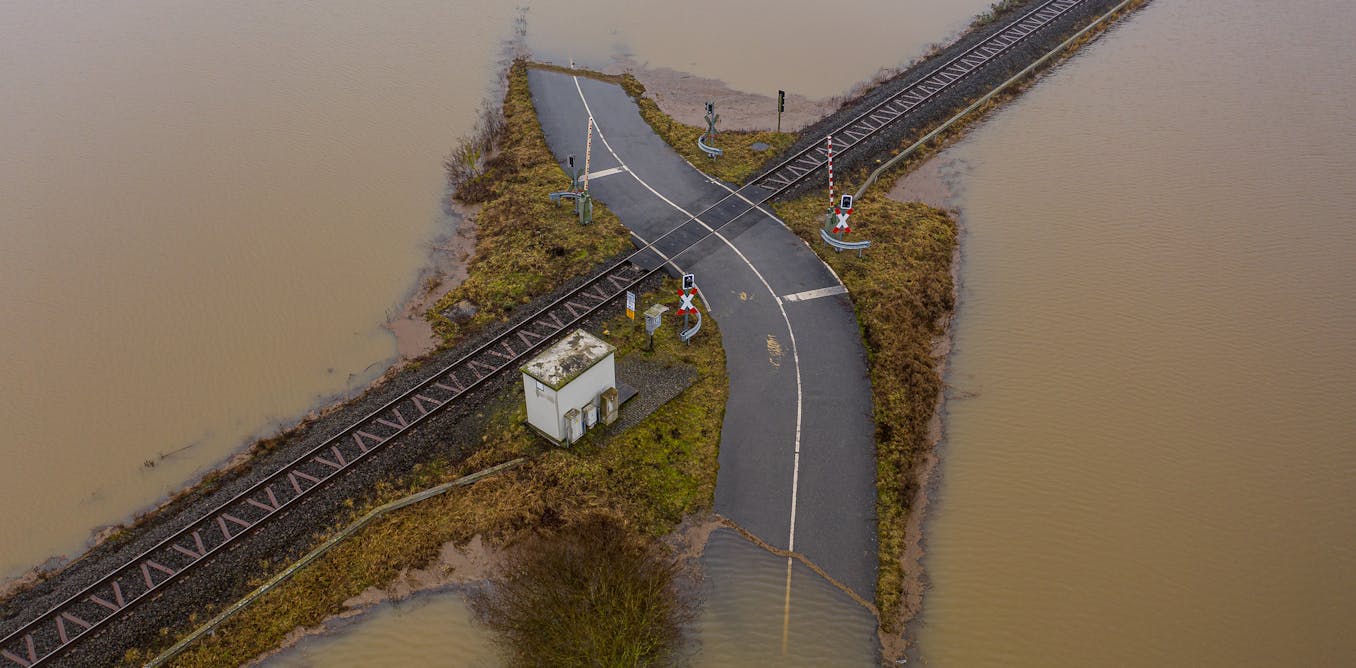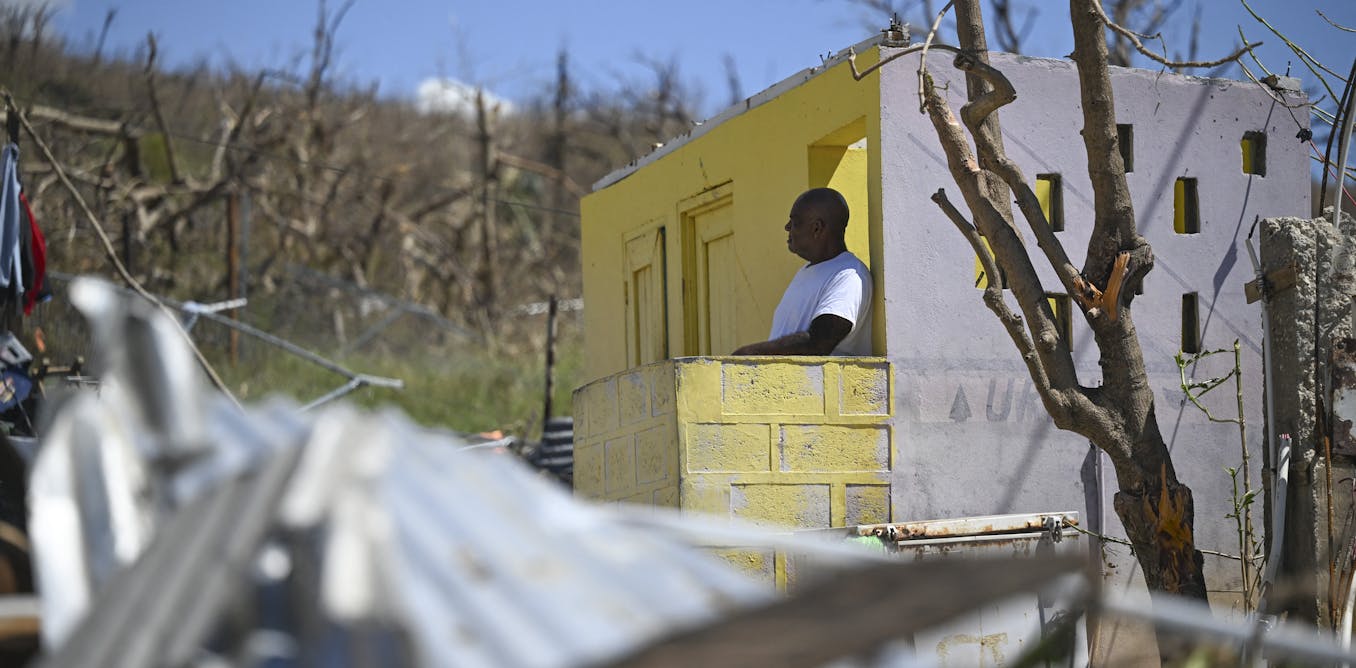Mexico is set to make a bold move in the global shipping industry with its $7.5 billion interoceanic corridor project, aiming to disrupt the Panama Canal and ease the chokehold on global shipping routes. The corridor stretches 188 miles across the Isthmus of Tehuantepec, connecting the Pacific and Atlantic Oceans. But the question remains: will Mexico’s revived railway be a faster or cheaper option compared to other shipping alternatives?
The Wall Street Journal’s Breaking Ground series delves into Mexico’s ambitious plan to compete in the multi-trillion dollar global shipping industry. The strategic location of the interoceanic corridor is a key factor in Mexico’s strategy to attract more shipping traffic. By providing a more direct route for ships to travel between the Pacific and Atlantic Oceans, Mexico hopes to offer a more efficient and cost-effective alternative to the Panama Canal.
Time, money, and shipping containers are all crucial elements in the success of Mexico’s interoceanic corridor. The speed at which goods can be transported through the corridor will be a determining factor in its competitiveness with other shipping routes. Additionally, the cost of using the corridor will play a significant role in attracting shipping companies to utilize the new route. The capacity to handle a large number of shipping containers will also be crucial in determining the corridor’s success.
Mexico’s plan to disrupt the global shipping industry also has implications for trade relationships. By offering a new and efficient shipping route, Mexico has the potential to strengthen its trade relationships with countries around the world. This could lead to increased economic opportunities for Mexico and further solidify its position as a key player in the global shipping industry.
The local impact of Mexico’s interoceanic corridor project is also a key consideration. The development of the corridor will create jobs and economic opportunities for the surrounding region, potentially boosting local economies and infrastructure. However, there are also concerns about the environmental impact of such a massive project and the potential displacement of local communities.
In conclusion, Mexico’s $7.5 billion gamble to disrupt the Panama Canal with its interoceanic corridor is a bold move that could have far-reaching implications for the global shipping industry. As Breaking Ground continues to explore megaprojects around the world, the ultimate costs and benefits of Mexico’s interoceanic corridor remain to be seen.
Watch the video by The Wall Street Journal
Video “Mexico’s $7.5B Gamble to Disrupt the Panama Canal | WSJ Breaking Ground” was uploaded on 09/20/2024 to Youtube Channel The Wall Street Journal


































Leave a Reply